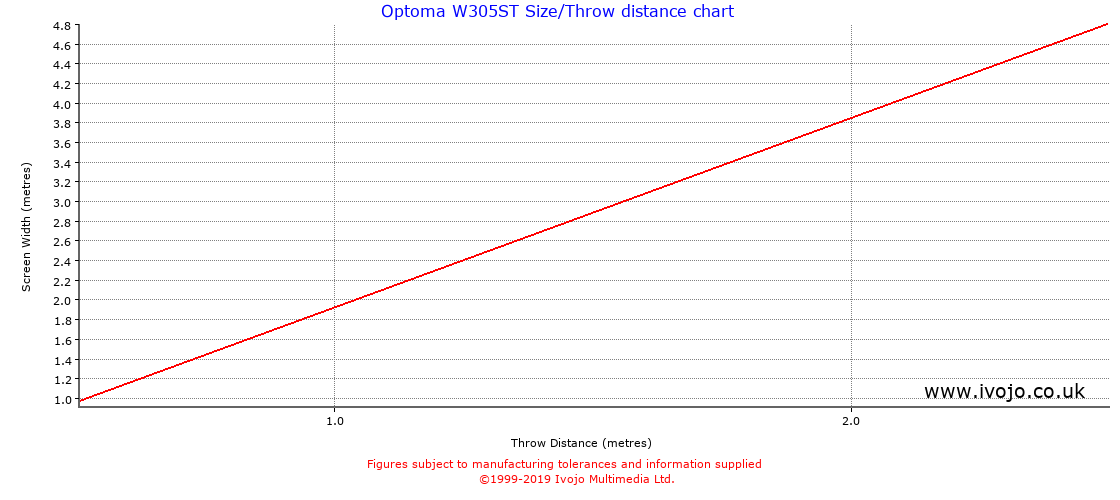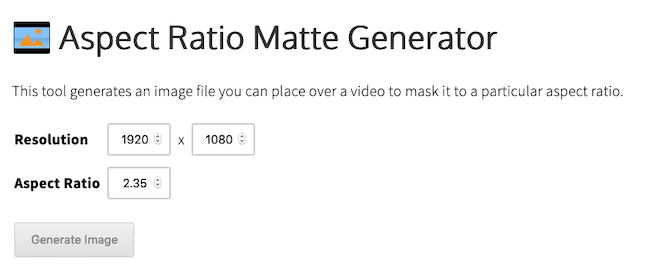

If you use a camera with a 4:3 ratio (like all of the Olympus digital SLRs) all of your 4圆 prints will get cropped, because 4:3 is not equivalent to 6:4. I mentioned above that a few digital SLR cameras have sensors with a 4:3 ratio rather than 3:2. While the cropping of a 5x7 image isn't quite so severe, you'll find that no amount of fancy math is going to make 3:2 equivalent to 7:5.
#Digital rebellion aspect ratio calculator full
When you make an 8x10 print from a camera with a 3:2 aspect ratio, you lose a full 2 inches from the original image. You'll notice that the long side of this print measures 12 inches rather than 10. In print terms, an 8x12 print has the same aspect ratio as your 3:2 sensor. If you multiply 3:2 by 4, you get a ratio of 12:8. Every 8x10 print that you make from a camera with a 3:2 sensor will get cropped.įirst, some simple multiplication shows us that the numbers don't work. Here's why: a 3:2 aspect ratio is not equivalent to ANY large-scale print size (with the exception of 12x18). It's not until you want to print at larger sizes - 5x7, 8x10, 11x17 - that the 3:2 aspect ratio becomes problematic. Since 4圆 is such a common print size, it makes sense that the aspect ratio of most digital SLR cameras is 3:2. What you see on the monitor is what you'll see in the print. What this really means: when you take photos with a camera that has a 3:2 sensor, none of the prints that you make at 4圆 will get cropped. Just multiply the aspect ratio by two: 3x2 = 6 and 2x2 = 4.

The mathematically inclined may have already figured this one out.Īn aspect ratio of 3:2 matches the aspect ratio of a standard 4圆 inch print. This is a good thing, and I'll explain why in just a moment.Ĭameras made by Olympus and Panasonic use a new system called the 4/3 standard, and guess what? The aspect ratio of these sensors is 4:3 (the name's a bit of a give-away). The vast majority of digital SLR cameras have sensors with an aspect ratio of 3:2. When people talk about the aspect ratio of a particular camera, they are simply referring to the dimensions of the digital SLR sensor. Digital SLR SensorsĮvery consumer digital SLR sensor is in the shape of a rectangle.

If my rectangle measured 840 by 560 the aspect ratio would be 3:2. In this case, the aspect ratio is just both sides of the rectangle divided by 280. It's not the measurements of each side of the rectangle, it's the ratio of one side compared to the other.įor example, if I have a rectangle that measures 1120 by 840 inches, this rectangle has an aspect ratio of 4:3.

In its simplest form, aspect ratio is used to describe the relationship between two sides of a rectangle. The good news: there are steps you can take to minimize its effect. It appears that almost a quarter of the image was lost! The print that you get back is less than satisfying. You send the digital image off to your favorite printing service and request an 8x10. This is a frame-worthy photo that really needs to be printed larger than 4圆. You've just returned from vacation with a glorious shot of the Grand Canyon at sunrise. Even if aspect ratio is an unfamiliar term to you, you're probably well aware of the effect it has.


 0 kommentar(er)
0 kommentar(er)
